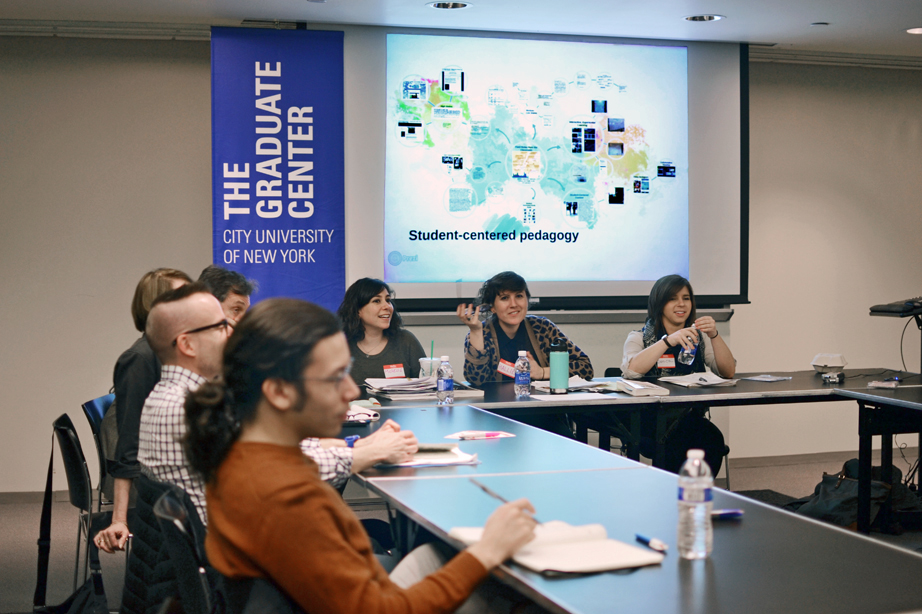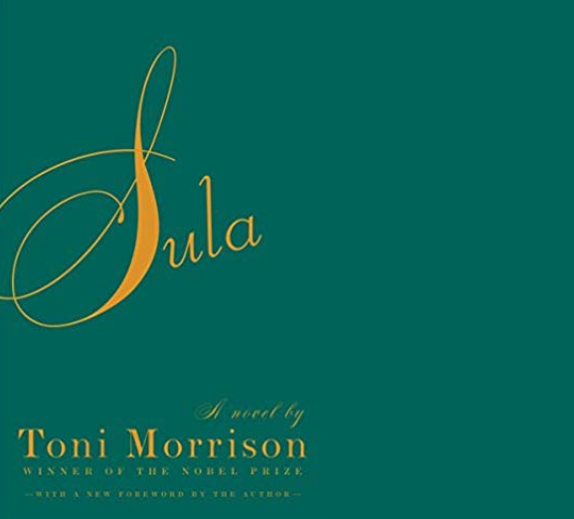Student-Centered Pedagogy Class Recap
On March 10, 2015, I co-lead a public workshop on student-centered pedagogy with Michelle Gabay and Hallie Scott. Read the full recap here.
Mapping the Futures of Higher Education
Session Plan – March 10 – Student-Centered Pedagogy
415-615 pm
Room 9206; Livestreamed at bit.ly/FuturesED-live
A workshop for innovative classroom practices focusing on collaboration, crowdsourcing, and experiential learning. What does peer learning look like across disciplines? What are the risks and rewards of a student-centered classroom? Join the Futures Initiative seminar, “Mapping the Futures of Higher Education” and members of the student-centered pedagogy group for a workshop on bringing peer learning techniques into the classroom.
Readings
- Ranciere, Jacques. “An Intellectual Adventure.” The Ignorant Schoolmaster: Five Lessons in Intellectual Emancipation. Stanford: Stanford University Press, 1991.
- Rogers, Carl R. “Questions I would ask myself if I were a teacher.”
- Davidson, Cathy. “Project Classroom Makeover.” Now You See It. New York: Penguin, 2011.
Optional additional reading
HASTAC – The Pedagogy Project
Discussion questions
- What student-centered approaches to learning do you use in the classroom?
- What questions and concerns do you have about student-centered pedagogy?
Learning objectives
1) Develop your understanding of student-centered classrooms and decentered teachers
2) Design a student-centered activity for your class
3) Crowdsource best practices
Introductions (5 min.)
Brief CUNY history – Open Admissions and Collaborative Learning (5 min.)
- 1965-1970 two main factors leading to open admissions
- Increased government aid for underprepared students
- Political pressure from community: black and Puerto Rican students shut down South campus of City College to demand that the school reflect the racial and ethnic diversity of the New York City Public school system
- It is estimated that at City College the class size increased from 20,000 in 1969 to 35,000 in 1970
- Influx of students who may not have gone to college otherwise
Read the full recap here.






